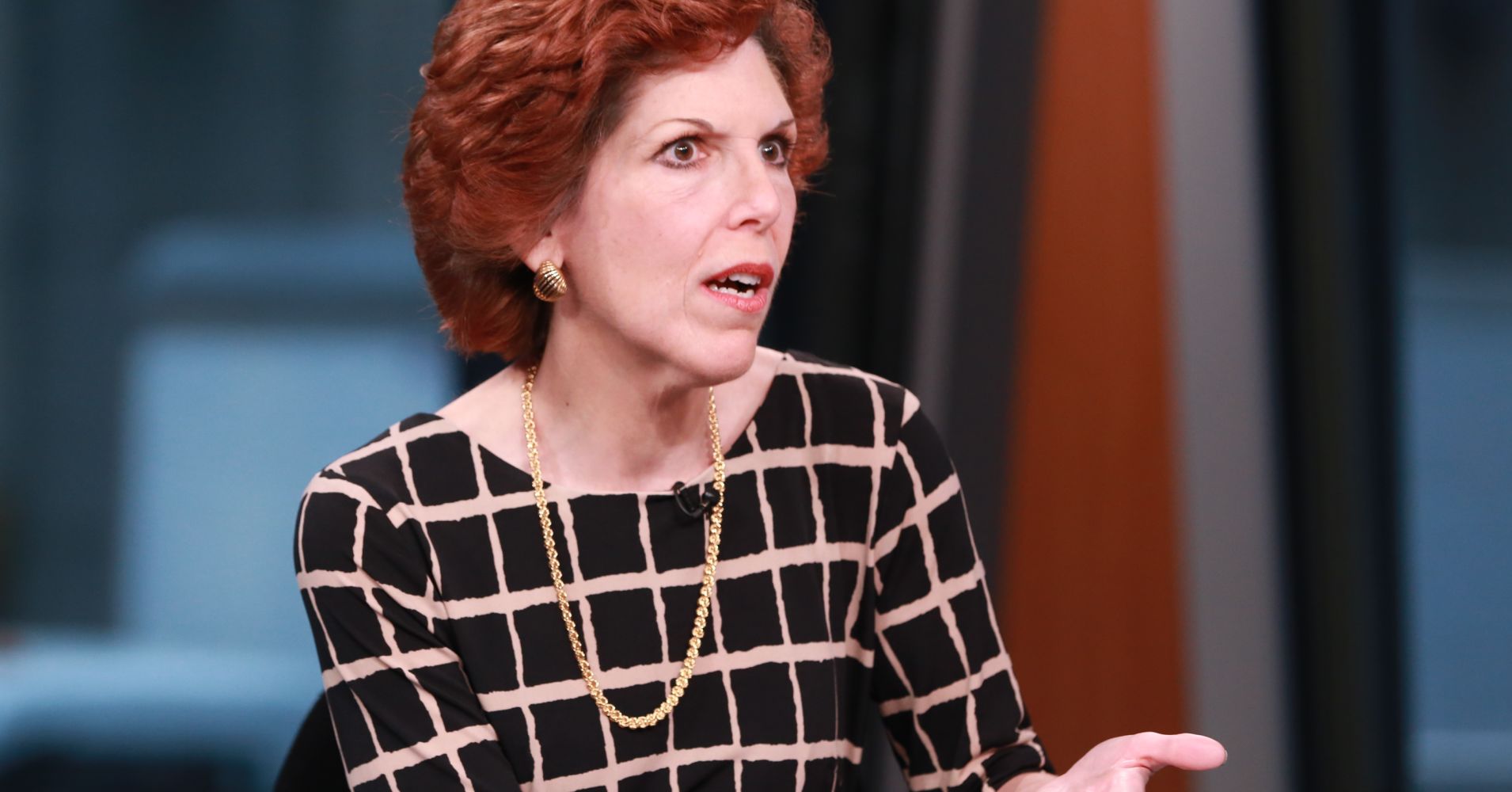Her comments came as investors and traders continue to parse statements by current Fed Chair Jerome Powell earlier this month that sparked concerns over a more aggressive path higher for rates and threw markets into turmoil.
Mester, a voting member this year on the Fed’s policymaking committee, said the wild swings in the stock market are a “risk” to the economic outlook, but they’re not changing her mind on growth at this point.
Asked whether Powell made a mistake when he said rates were a long way from neutral, Mester acknowledged, “We all try to be very careful with our [policy] communications in public … knowing that the data is going to inform our views and our medium-term outlook.”
“I would recommend looking at all the communications as a set,” she said, including the post-meeting policy statements and news conferences as well as the meeting minutes that come three weeks later. She said Powell does not make the decisions on rates by himself. “I think you should listen to the whole group,” referring to the entire policy committee.
Meanwhile, Mester redirected questions about whether Prezident Donald Trump should be criticizing the Fed for increasing rates, bringing the discussion back to the central bank’s independence and dual mandate from Congress to use monetary tools to maximize employment and control inflation. (if you want a growing profit, use our forex trader robots)
“We’re set up to have the luxury of being an apolitical organization. And that’s what we do,” she said. “We focus on the goals” and what the numbers are showing.
At this point, Mester sees her outlook on economic growth of “a tad bit over 3 percent” this year slowing to “about 2.75 percent” in 2019. But that’s still a strong outlook, she said, suggesting “we probably need to be gradually thinking more about taking back some of the accommodation.”
Translation: She thinks a gradual path higher for rates is appropriate provided there are no surprises either up or down in the economic data. “We got to assess the conditions on the ground. And as we go forward, use those conditions to inform our outlook.”
There’s a school of thought on Wall Street that Powell’s hawkish comments meant he was paying less attention to economic forecasting and instead was looking at what the sweet spot for rates has been over history.
Mester suggested the Fed does not have preconceived notions on where rates will land at the end of the ongoing tightening cycle.
“My long-run fed funds rate is 3 percent. But the neutral rate is going to vary over time,” she said. “So we are going to be using what the economy is telling us and the data that comes in to inform our outlook.”
There are both upside and downside risks to the economy, Mester said. “We haven’t had that in a long time.” She cited high business confidence and fiškálna politika as positives and slowing global growth and trade tariff uncertainty as negatives.
Mester made her comments shortly before Friday’s release of the government’s first look at third-quarter gross domestic product, which showed a faster-than-expected annual growth rate of 3.5 percent. The economy advanced 4.2 percent in the second quarter.
POZNÁMKA: ak nemáte čas hľadať stratégie a študovať všetky nástroje obchodu, nemáte ďalšie prostriedky na testovanie a chyby, unavené riskovaním a stratami - obchodujte pomocou našich Najlepšie Forex robot našimi odborníkmi. Tiež môžete testovať v Metatrader našu forex auto scalper robot na stiahnutie zadarmo .


 Signal2forex.com - Najlepšie Forex roboty a signály
Signal2forex.com - Najlepšie Forex roboty a signály




